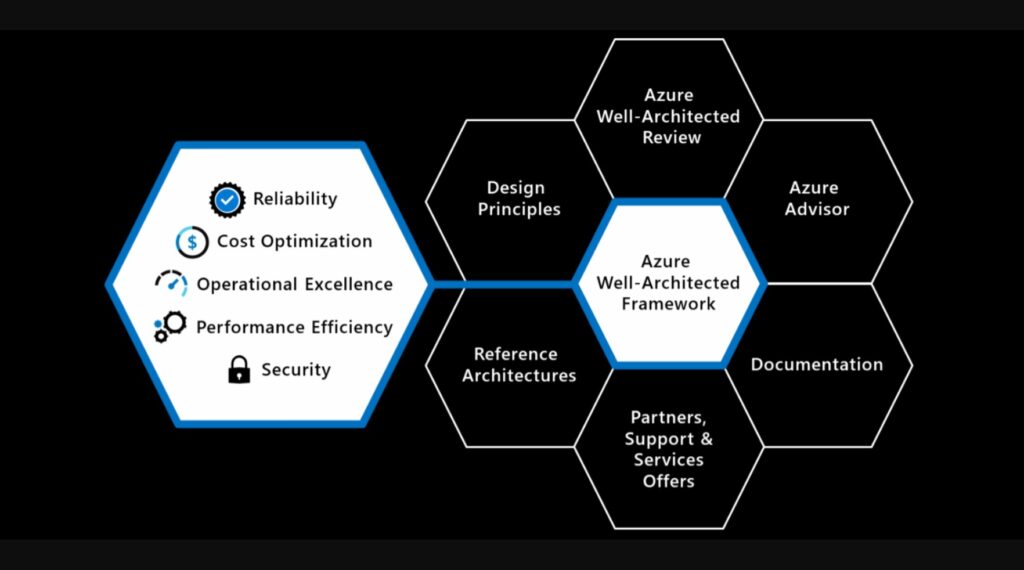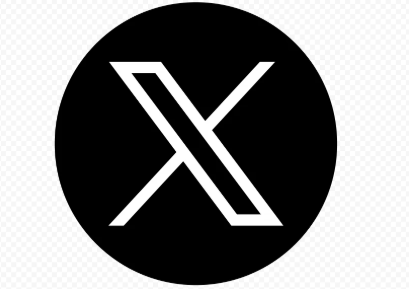Cloud Confidence: A Deep Dive into Azure’s Well-Architected, Adoption, and Security Frameworks
The cloud has revolutionized how businesses operate, innovate, and scale. However, adopting cloud technology isn’t just about migrating workloads—it’s about doing it securely, efficiently, and in alignment with best practices. Microsoft provides three key frameworks to guide organizations through their cloud journey:
-
Azure Well-Architected Framework (WAF) – Focuses on optimizing cloud workloads.
-
Cloud Adoption Framework (CAF) – Helps businesses adopt and govern cloud environments.
-
Security Adoption Framework (SAF) – Ensures robust security posture and compliance.
By leveraging these frameworks, organizations can enhance performance, security, and cost efficiency while minimizing risks. Let’s dive into each framework and explore how they work together to create a resilient cloud strategy.
Azure Well-Architected Framework (WAF): Building Cloud Excellence
Think of the Azure Well-Architected Framework (WAF) as the blueprint for constructing a strong and durable building. Just as architects design buildings with stability, safety, and efficiency in mind, WAF provides guidelines to design cloud workloads that are resilient, cost-effective, and high-performing. It is based on five key pillars:
-
Reliability – Ensuring workloads can recover from failures and scale dynamically.
Imagine a well-designed highway system that includes multiple lanes, emergency exits, and alternative routes to keep traffic flowing smoothly even if one route is blocked.
-
Security – Protecting data, identities, and applications against threats.
Think of this as a bank safeguards its vaults with surveillance, biometric authentication, and security guards, cloud security involves access controls, encryption, and proactive monitoring.
-
Cost Optimization – Maximizing value by managing expenses efficiently.
Running a business with financial discipline means optimizing expenses—using automation to save costs is like using energy-efficient appliances to reduce electricity bills.
-
Operational Excellence – Streamlining processes, automation, and monitoring.
Consider a well-managed restaurant where chefs, waiters, and managers work in sync to ensure smooth service—operational excellence in cloud ensures teams collaborate efficiently with the right tools and monitoring systems.
-
Performance Efficiency – Optimizing resources for optimal speed and responsiveness.
A sports car is built for speed and efficiency, ensuring that every part is optimized for peak performance; similarly, cloud workloads must be fine-tuned for responsiveness and scalability.
Why WAF Matters
Cloud environments are dynamic, and without a structured approach, businesses may face performance bottlenecks, security vulnerabilities, and unexpected costs. WAF provides a blueprint to assess, benchmark, and improve cloud workloads, ensuring they align with industry best practices.
Cloud Adoption Framework (CAF): A Roadmap for Cloud Transformation
Moving to the cloud isn’t just a technical shift—it’s a business transformation. The Azure Cloud Adoption Framework (CAF) provides a structured approach to adopting Azure while aligning with business goals. Think of it as a GPS navigation system for cloud adoption, guiding organizations step by step through:
-
Strategy – Define business objectives and expected outcomes.
Before embarking on a road trip, you need a destination, route, and estimated travel time—CAF helps businesses define their cloud goals and direction.
-
Plan – Assess current capabilities, set up governance, and create a cloud migration plan.
Just as you’d prepare your car for a long trip—checking fuel, tire pressure, and navigation—CAF ensures organizations assess their infrastructure and readiness before migrating.
-
Ready – Prepare cloud environments, establish landing zones, and configure foundational services.
Imagine setting up a new office space before employees move in—CAF ensures cloud environments are equipped with the right tools, security, and network settings before workloads are deployed.
-
Adopt – Implement workloads and modernize applications.
Moving into a new house involves bringing in furniture, setting up utilities, and ensuring everything functions properly—CAF guides organizations in deploying applications efficiently.
-
Govern – Maintain control through policies, compliance, and cost management.
Running a city requires laws and regulations to prevent chaos—CAF governance ensures cloud environments are compliant and well-managed.
-
Manage – Establish operational procedures to ensure continuous optimization.
Owning a car isn’t just about driving; regular servicing keeps it running smoothly—CAF ensures cloud resources are monitored, optimized, and secure over time.
Why CAF Matters
Without a roadmap, cloud adoption can be chaotic. CAF ensures organizations have a clear path to follow, reducing risks and ensuring a seamless transition to the cloud while maintaining business continuity.
Security Adoption Framework (SAF): Fortifying the Cloud
Security is a top concern for any cloud strategy. The Security Adoption Framework (SAF) helps businesses implement strong security measures in their Azure environment. Think of SAF as a fortress defense strategy, ensuring all entry points, vulnerabilities, and potential risks are fortified. SAF focuses on:
-
Identity & Access Management (IAM) – Implementing Zero Trust principles.
Just as airport security screens every passenger before granting entry, IAM ensures users and devices are verified before accessing cloud resources.
-
Threat Protection – Proactively detecting and responding to security threats.
A home security system with motion detectors, cameras, and alarms ensures intruders are identified and stopped—similarly, SAF implements proactive threat detection mechanisms.
-
Data Security – Ensuring encryption, classification, and access control.
Storing sensitive documents in a locked safe with restricted access ensures confidentiality—SAF encrypts and restricts access to critical cloud data.
-
Compliance & Governance – Aligning with regulatory requirements (GDPR, HIPAA, etc.).
Just as companies comply with financial regulations to avoid legal trouble, cloud environments must adhere to industry-specific security and compliance standards.
-
Security Operations – Establishing security monitoring, logging, and incident response.
A fire department continuously monitors for fires and responds instantly—SAF ensures cloud security teams are ready to respond to security incidents 24/7.
Why SAF Matters
Cyber threats are constantly evolving. A reactive security approach is no longer sufficient. SAF provides a proactive, structured approach to securing cloud environments, minimizing vulnerabilities, and ensuring compliance with industry standards.
Bringing It All Together: WAF + CAF + SAF
Individually, each framework provides immense value, but when used together, they form a powerful strategy for cloud excellence:
-
WAF ensures workloads are optimized and resilient.
-
CAF provides a structured cloud adoption plan.
-
SAF strengthens security and compliance.
By integrating these frameworks, businesses can achieve a secure, well-architected, and strategically aligned cloud environment that drives innovation while managing risks effectively.
The cloud is a game-changer, but only when used strategically. Microsoft’s Azure Well-Architected Framework (WAF), Cloud Adoption Framework (CAF), and Security Adoption Framework (SAF) provide organizations with the tools to ensure reliability, efficiency, and security.
Organizations that adopt these frameworks don’t just migrate to the cloud—they thrive in it. Whether you’re starting your cloud journey or optimizing an existing environment, leveraging WAF, CAF, and SAF can help you navigate the complexities of Azure with confidence.
Are you ready to elevate your cloud strategy? Let’s build a resilient, secure, and high-performing cloud together.


